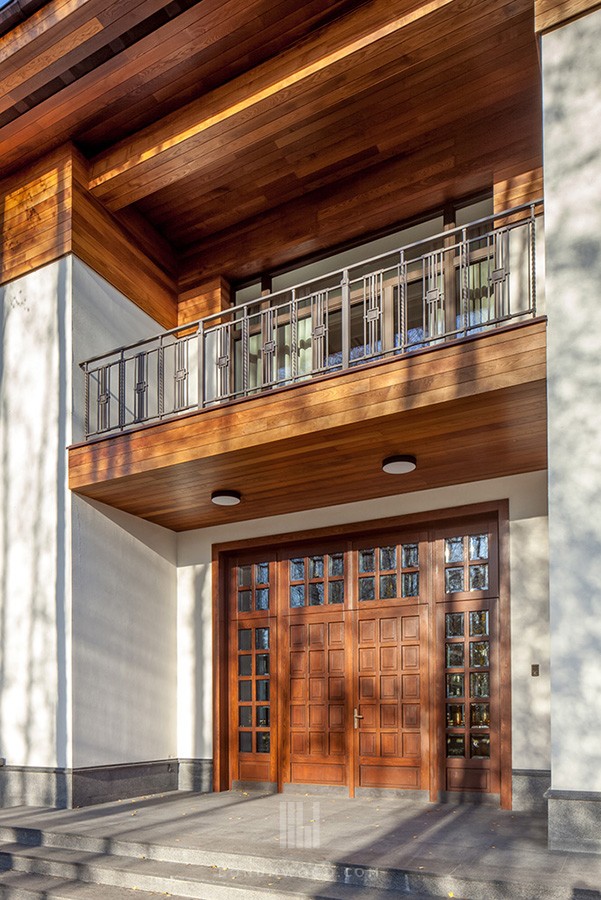Bonum Wood is proud to offer a thermo treated (or thermally modified) products. We believe that education is an important part for understanding all the benefits of custom, handmade hardwood we manufacture. Today we tell you more about thermo treated process when the wood material is heated to a temperature of at least 180 degrees Celsius while it is protected with steam. Besides providing protection, the steam also affects the chemical changes taking place in the wood. As a result of the treatment, environmentally friendly thermo treated wood is created.
Its colour darkens, it is more stable than normal wood in conditions of changing humidity, and its thermal insulation properties are improved. If carried out at a sufficiently high temperature, treatment also makes the wood resistant to decay. Heat treatment significantly reduces the tangential and radial swelling, that’s why thermo treated hardwood can be safely used in the areas where a humidity level is high, for example, pools, bathrooms, spas and etc. and for outdoors for decks and facades.
Thermo treated process can be divided into three main phases:
Phase 1. Using heat and steam, the kiln temperature is raised rapidly to a level of around 100 ºC. Thereafter, the temperature is increased steadily to 130 ºC, during which time the high-temperature drying takes place and the moisture content in the wood decreases to nearly zero.
Phase 2. Once high-temperature drying has taken place, the temperature inside the kiln is increased to between 185 ºC and 215 ºC. When the target level has been reached, the temperature remains constant for 2–3 hours depending on the end-use application.
Phase 3. The final stage is to lower the temperature by using water spray systems; when the temperature has reached 80–90 ºC, re-moisturizing takes place to bring the wood moisture content to a useable level, 2-5%.
When the temperature is raised or lowered, a special adjustment system is used in order to prevent surface and inside splitting and checking. Customized adjustment values are used for different wood species and dimensions. In principle, all wood species can be heat-treated. However, the parameters used for the process must be optimized separately for each wood species.

